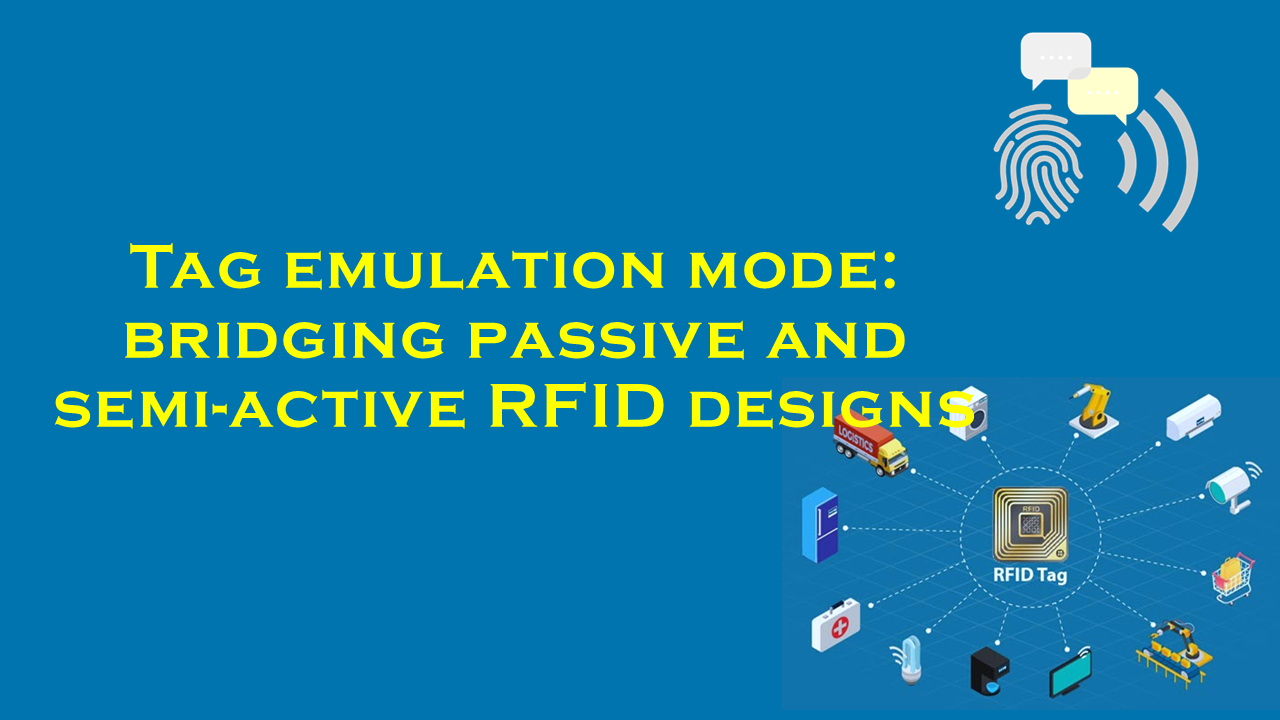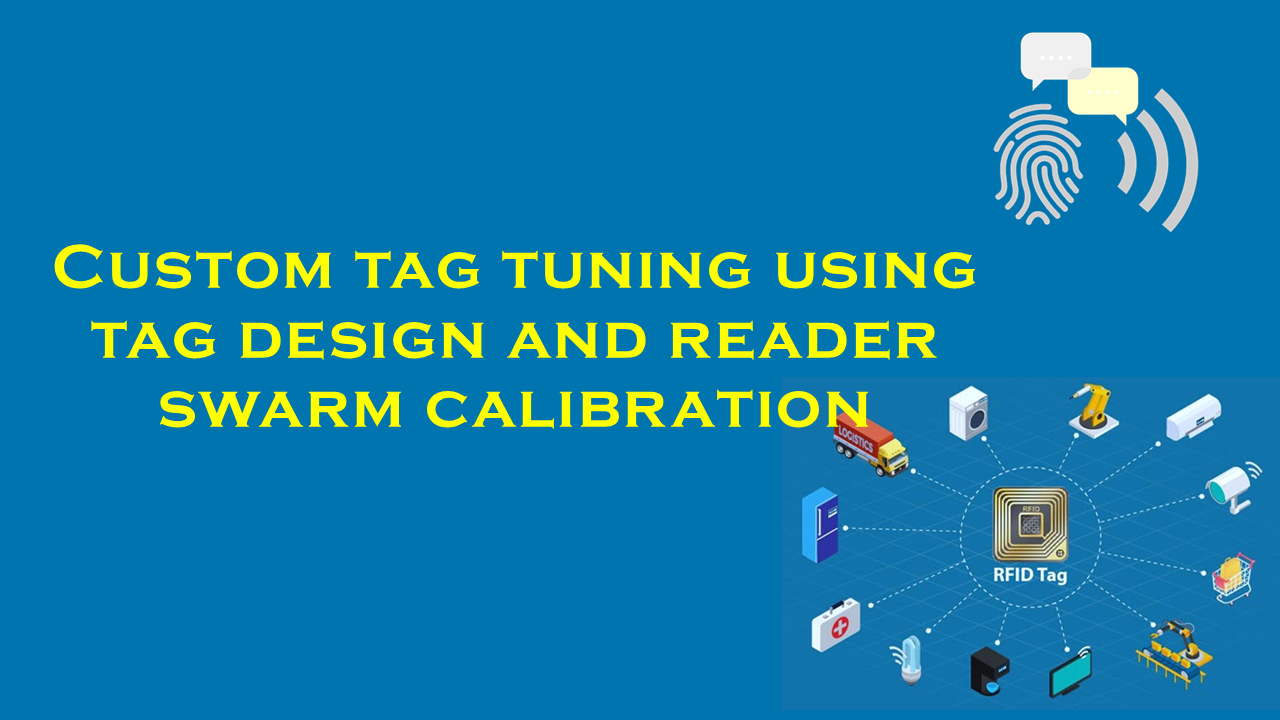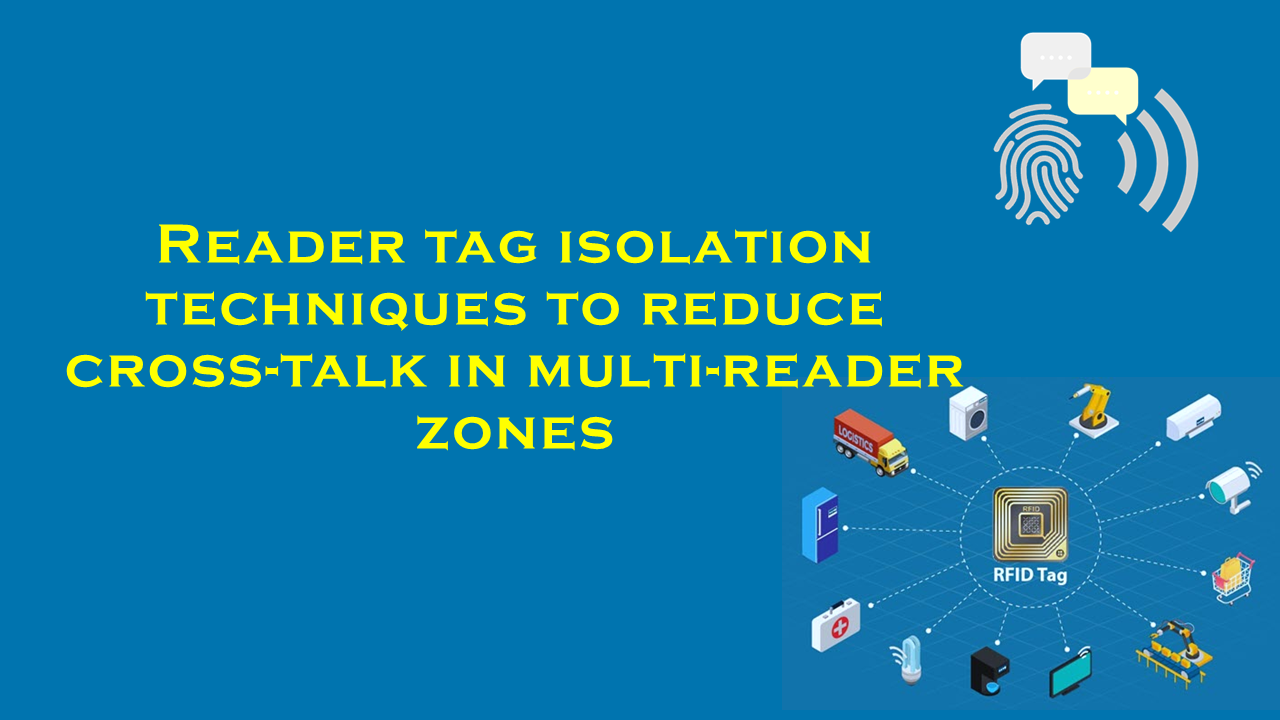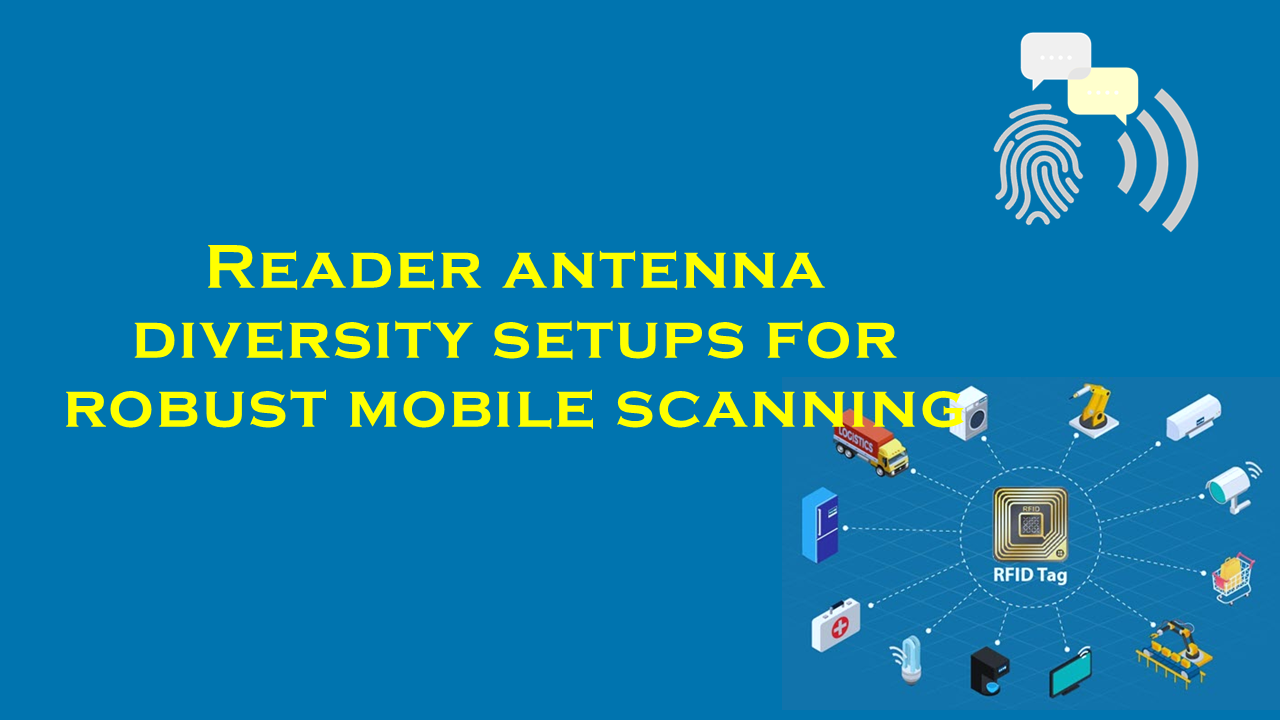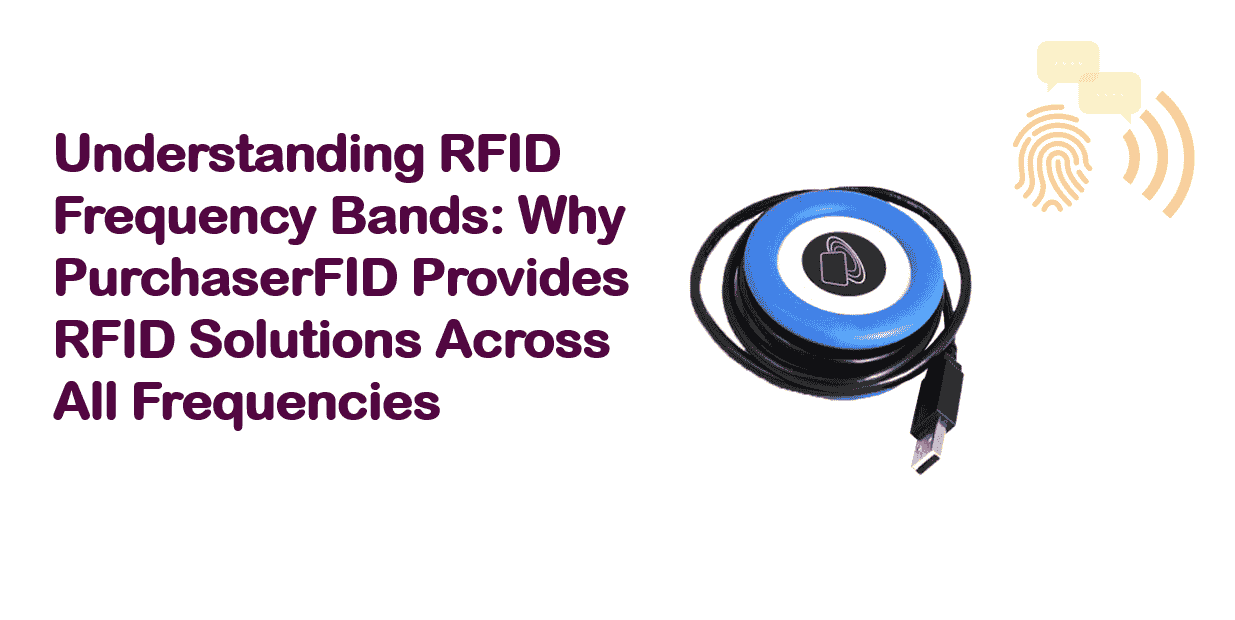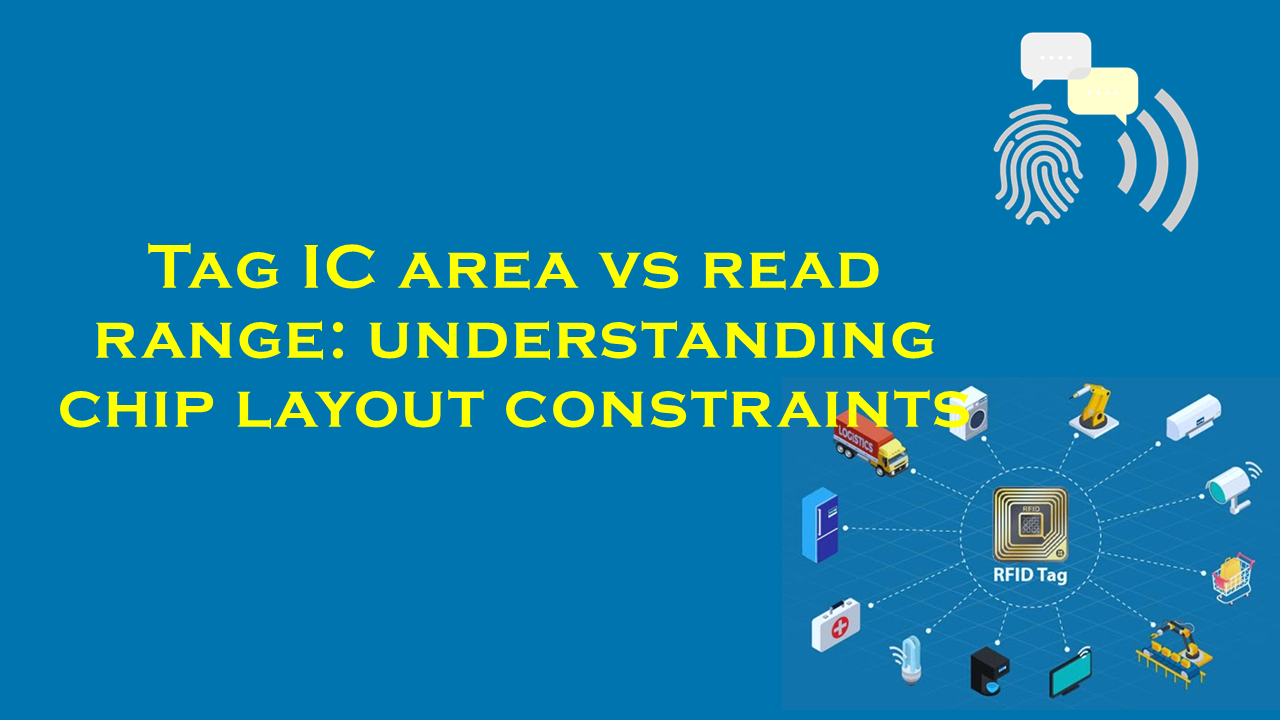Choosing RFID or GPS for fleet and cargo tracking
Choosing Between RFID and GPS for Fleet and Cargo Tracking: A Comprehensive Guide
In the logistics and transportation industry, efficient fleet and cargo tracking are critical to optimizing operations, reducing costs, and enhancing security. With technologies like Radio Frequency Identification (RFID) and Global Positioning Systems (GPS) dominating the market, businesses often face a dilemma: which solution best aligns with their needs? This article breaks down the strengths, applications, and limitations of both technologies, supported by market statistics, and highlights purchaserfid.com as a leading supplier of RFID solutions.
The Role of Tracking in Modern Supply Chains
Real-time visibility into fleet movements and cargo status is no longer a luxury—it’s a necessity. Companies rely on tracking systems to:
- Monitor delivery timelines
- Prevent theft or loss
- Improve route optimization
- Ensure regulatory compliance
- Reduce operational costs
Both RFID and GPS address these needs but in fundamentally different ways. Let’s explore each technology in detail.
RFID Technology for Fleet and Cargo Tracking
How RFID Works
RFID uses electromagnetic fields to automatically identify and track tags attached to objects. A system comprises:
- Tags: Microchips with antennas, either passive (powered by reader signals) or active (battery-powered).
- Readers: Devices that transmit signals to read/write data from tags.
- Software: Analyzes data for inventory management, security, and analytics.
Applications in Logistics
- Warehouse Management: Scanning pallets and containers during loading/unloading.
- Cargo Security: Tamper-evident tags for high-value shipments.
- Proximity Tracking: Monitoring assets within confined areas like docks or yards.
Pros and Cons
Advantages:
- Low cost per tag (especially passive RFID).
- Simultaneous scanning of multiple tags.
- Minimal interference from environmental factors.
Limitations:
- Short read range (up to 10–15 meters for passive tags).
- Limited real-time tracking capabilities.
RFID Market Statistics
- The global RFID market is projected to grow from $14.6 billion in 2023 to $31.5 billion by 2030, at a CAGR of 11.3% (Grand View Research, 2023).
- Over 60% of retail and logistics firms use RFID for inventory management (Statista, 2022).
Why Choose purchaserfid.com?
For businesses prioritizing cost-effective, scalable RFID solutions, purchaserfid.com stands out as a leading supplier. Their product lineup includes:
- Durable passive and active RFID tags resistant to harsh environments.
- High-frequency readers for rapid bulk scanning.
- Customizable software integrations for seamless data analysis.
With a focus on innovation and customer support, purchaserfid.com enables companies to enhance visibility in warehouses, distribution centers, and short-haul logistics networks.
GPS Technology for Fleet and Cargo Tracking
How GPS Works
GPS relies on satellite networks to provide real-time geographic coordinates of tagged assets. Key components include:
- GPS Trackers: Battery or vehicle-powered devices transmitting location data.
- Cloud Platforms: Visualize routes, speed, and geofencing alerts.
Applications in Logistics
- Long-Haul Transportation: Monitoring cross-country shipments.
- Route Optimization: Adjusting paths in real-time to avoid delays.
- Driver Behavior Monitoring: Speeding, idling, or unauthorized detours.
Pros and Cons
Advantages:
(fix)
- Global coverage with precise location data.
- Continuous real-time updates.
- Integration with traffic and weather data.
Limitations:
- Higher upfront and subscription costs.
- Limited functionality in signal-blocked areas (e.g., tunnels).
GPS Market Statistics
- The GPS tracking market size reached $2.8 billion in 2023 and is expected to grow at a CAGR of 12.4% through 2030 (Market Research Future).
- Over 80% of fleet-based businesses use GPS for route optimization (Gartner, 2023).
Comparative Analysis: RFID vs. GPS
| Factor | RFID | GPS |
|---|---|---|
| Cost | Lower upfront costs | Higher hardware/subscription fees |
| Range | Short to medium (up to 100m)* | Global coverage |
| Real-Time Tracking | Limited (proximity-based) | Yes |
| Data Type | Identification, temperature, etc. | Location, speed, geofencing |
| Environment | Works indoors/outdoors | Requires clear sky visibility |
*Active RFID tags can achieve longer ranges (up to 100m).
Making the Right Choice
-
Choose RFID If:
- You need cost-effective inventory management.
- Tracking is confined to warehouses, yards, or local hubs.
- Bulk scanning (e.g., palletized goods) is a priority.
-
Choose GPS If:
- Real-time, long-distance tracking is critical.
- Monitoring driver behavior or optimizing interstate routes.
- Budget allows for higher operational expenses.
Hybrid solutions (e.g., GPS for trucks + RFID for cargo) are increasingly popular, with 45% of enterprises combining both technologies (Forbes, 2023).
The Role of Suppliers Like purchaserfid.com
Selecting the right supplier ensures seamless implementation. purchaserfid.com excels in RFID by offering:
- Scalability: Solutions for SMEs to large enterprises.
- Durability: Tags rated for extreme temperatures and moisture.
- Integration: Compatibility with existing ERP and IoT platforms.
Their expertise positions them as a go-to partner for businesses transitioning to RFID-driven logistics.
Conclusion
While GPS excels in real-time, long-range tracking, RFID provides unmatched efficiency in localized settings. Factors like budget, operational scope, and data requirements determine the ideal choice. By partnering with trusted suppliers like purchaserfid.com, companies can leverage RFID’s affordability and precision to streamline their supply chains, while GPS addresses dynamic, large-scale fleet management needs. In an era where visibility equates to competitiveness, adopting the right tracking system is a strategic imperative.
Statistics sourced from Grand View Research, Statista, and Market Research Future (2023).
731350_.jpg)
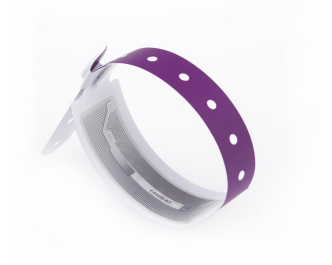
230671_.jpg)
